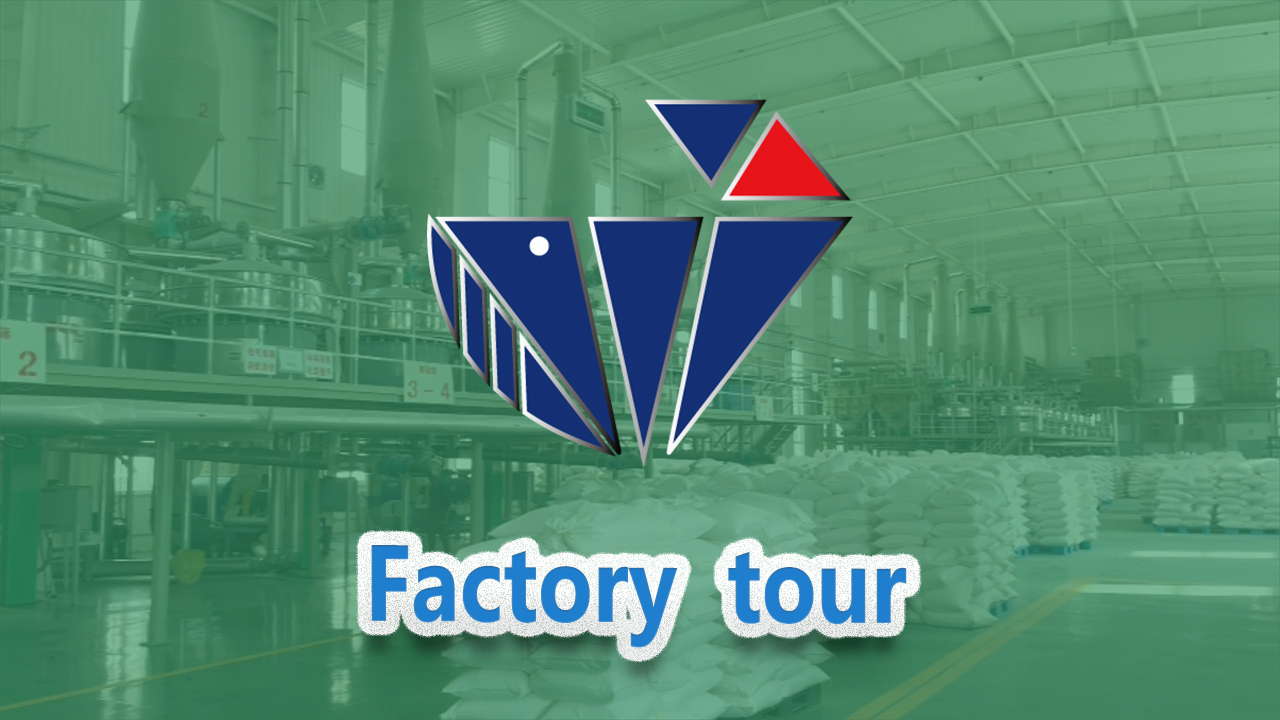
Aug . 13, 2024 00:16 Back to list
Comparative Analysis of HEC and HPMC Properties in Pharmaceutical Applications and Formulations
Comparison of Hydroxyethyl Cellulose (HEC) and Hydroxypropyl Methylcellulose (HPMC)
Hydroxyethyl cellulose (HEC) and hydroxypropyl methylcellulose (HPMC) are two types of cellulose derivatives widely used in various industries, including pharmaceuticals, food products, and cosmetics. While they share some similarities due to their cellulose origins, their chemical compositions, functional properties, and applications significantly differ, leading to specific usage scenarios for each.
Chemical Composition and Structure
HEC is produced by the reaction of alkali cellulose with ethylene oxide, which results in the introduction of hydroxyethyl groups into the cellulose backbone. This modification enhances the solubility of cellulose in water, making it an excellent thickening agent in aqueous solutions. HEC is characterized by its free-flowing white powder form, which is soluble in cold water to form a viscous solution.
On the other hand, HPMC is created by modifying cellulose with both hydroxypropyl and methyl groups. The introduction of these groups not only increases its solubility in water but also imparts unique properties related to viscosity and gel formation. HPMC is available in various grades depending on the ratio of hydroxypropyl to methyl groups, which allows for tailored viscosity and gelling characteristics for specific applications.
Functional Properties
One of the most pronounced differences between HEC and HPMC lies in their rheological properties. HEC tends to yield solutions that are less viscous compared to those derived from HPMC at equivalent concentrations. This is particularly beneficial in applications where a lighter texture is preferred. Additionally, HPMC solutions exhibit a more pronounced pseudoplastic behavior, meaning they can become less viscous under shear, making them suitable for applications requiring a smooth flow — such as in medicinal suspensions or topical formulations.
hec vs hpmc

Furthermore, HPMC is known for its superior film-forming properties. This characteristic makes it an excellent candidate for use in coatings, such as for controlled-release formulations in pharmaceuticals, where the rate of drug release can be fine-tuned for therapeutic effects. HEC, while still functional as a film former, does not match the efficacy of HPMC in this regard.
Applications
Both HEC and HPMC find their applications across various fields, albeit often in different contexts. In pharmaceuticals, HPMC is predominantly employed as a binder and film-former in tablets and as a stabilizer in suspensions. Its ability to provide controlled release of drugs makes it invaluable in developing modern pharmaceutical formulations.
In the food industry, HEC is frequently utilized as a thickening agent for sauces, dressings, and dairy products, owing to its ability to enhance texture without significantly altering taste or mouthfeel. Additionally, HEC is often used in cosmetic formulations for its stabilizing and film-forming abilities, making it a common ingredient in lotions and creams.
In contrast, HPMC has garnered use in gluten-free baking as a binding agent, helping to create a desirable texture without the need for wheat flour. Its versatility extends to the construction industry as well, where HPMC is used in tile adhesives and plaster for its water retention and ease of application.
Conclusion
In summary, although HEC and HPMC share a cellulose origin and are both utilized for their thickening and stabilizing properties, they differ significantly in their chemical structures and resultant functional characteristics. HEC is favored for applications where lower viscosity and ease of incorporation into aqueous solutions are needed, while HPMC is ideal for tasks requiring controlled release, enhanced texture, and more robust film-forming capabilities. Understanding these differences enables formulators to choose the appropriate ingredient for their specific needs, ensuring optimal performance in their products.
-
Versatile Hpmc Uses in Different Industries
NewsJun.19,2025
-
Redispersible Powder's Role in Enhancing Durability of Construction Products
NewsJun.19,2025
-
Hydroxyethyl Cellulose Applications Driving Green Industrial Processes
NewsJun.19,2025
-
Exploring Different Redispersible Polymer Powder
NewsJun.19,2025
-
Choosing the Right Mortar Bonding Agent
NewsJun.19,2025
-
Applications and Significance of China Hpmc in Modern Industries
NewsJun.19,2025







